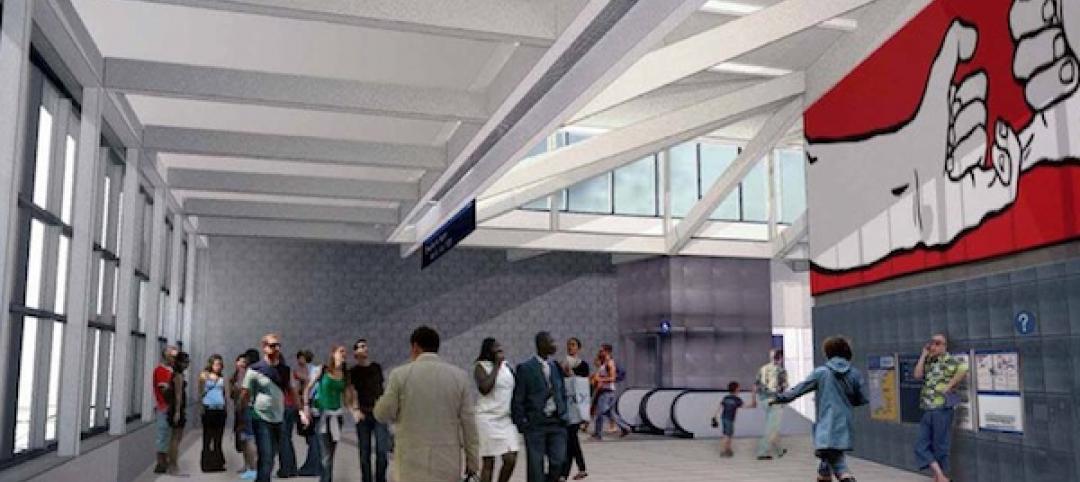Over the next decade, revenue from wireless sensor sales worldwide for installation and use in commercial structures is expected to increase at a compound annual rate of 16.5%, a projection that reflects the expanding demand for products that provide intelligent building solutions via the Internet of Things.
A new report from the market research firm Navigant, entitled “Wireless Sensors for Commercial Buildings,” estimates that global sensor sales will reach $188.2 million this year, and increase to $745.2 million by 2025.
“Sensors capture, communicate, and may even analyze energy and operational data,” the report states. “The resulting useful information will direct fundamental changes in operations that lead to energy efficiency improvements with substantial cost savings.”
Asia-Pacific and European markets are expected to experience the highest demand growth, whereas demand in North America will increase more modestly.
Despite the fact that last year’s Internet of Things World Forum was held in Dubai, the Middle East in general, along with Africa and Latin America, are not seen by Navigant as markets where there will be a high penetration of wireless sensors in the foreseeable future.
Related Stories
| Mar 20, 2013
Folding glass walls revitalize student center
Single-glazed storefronts in the student center at California’s West Valley College were replaced with aluminum-framed, thermally broken windows from NanaWall in a bronze finish that emulates the look of the original building.
| Mar 13, 2013
Replacement escalators give Cobo Center a lift
New elevator technology enables Detroit’s Cobo Center to replace its escalators without disruption to its convention business.
| Mar 6, 2013
German demonstration building features algae-powered façade
Exterior of carbon-neutral demonstration building consists of hollow glass panels containing micro-algae "farms."
| Mar 4, 2013
Legendary structural engineer Gene Corley passes away at 77
CTLGroup, an expert engineering and materials science firm located in Skokie, Illinois, is saddened by the news that W. Gene Corley, Ph.D., S.E., P.E., Senior Vice President, died on March 1, 2013 after a brief battle with cancer.
| Feb 28, 2013
Novel multifamily solutions to be presented at New York Modular Construction Summit
The New York Modular Construction Summit will be co-hosted by the Modular Building Institute and Pratt Institute School of Architecture on May 16, 2013, in Brooklyn, N.Y.
| Feb 25, 2013
Turner employs rare 'collapsible' steel truss system at Seattle light rail station
To speed construction of the $110 million Capitol Hill Station light-rail station in Seattle, general contractor Turner Construction will use an unusual temporary framing method for the project's underground spaces.
| Feb 21, 2013
BD+C's 2011 White Paper: Zero and Net-Zero Energy Buildings + Homes
We submit our eighth White Paper on Sustainability in the hope that it will inspire architects, engineers, contractors, building owners, developers, building product manufacturers, environmentalists, policymakers, government officials, corporate executives, officeholders, and the public to foster the development of net-zero energy buildings and homes.
| Feb 18, 2013
Syracuse hospital using robots to reduce infections by 50%
Fast Company's Nina Mandell writes about how an early adopter of UV infection-control robotics—St. Joseph’s Hospital Health Center in Syracuse—is seeing positive results.
| Feb 8, 2013
5 factors to consider when designing a shade system
Designing a shade system is more complex than picking out basic white venetian blinds. Here are five elements to consider when designing an interior shade system.

















